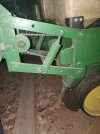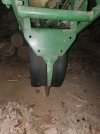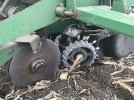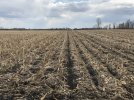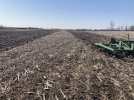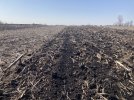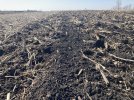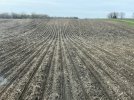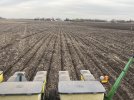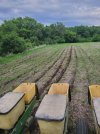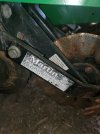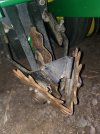Brian662
5 year old buck +
I have a JD 7000 4 row corn/bean planter that I want to put some no-till coulters on. Does anybody have experience with this type of planter doing no till?
My planter already has down pressure springs that I can tighten up. The guy who I bought it from (and who is selling me the no till coulters) said that to cut through brush hogged corn it would be fine as long as it was pretty well chopped up. He said i could get the sweepers but they are $200/coulter and I would prefer not to pay that. Obviously with a rotation between beans and corn I'd have to at some point plant into the chopped corn. The other option would be to broadcast a green summer crop, buckwheat or similar, and do a cereal grain or brassica planting following the year after it's corn.
What do you guys think the best options are in heavy clay soil? How will the no-till coulters work in this soil?
Right now I have a tiller that I'd prefer to get rid of instead of pulverizing my soil to use the planter.
My planter already has down pressure springs that I can tighten up. The guy who I bought it from (and who is selling me the no till coulters) said that to cut through brush hogged corn it would be fine as long as it was pretty well chopped up. He said i could get the sweepers but they are $200/coulter and I would prefer not to pay that. Obviously with a rotation between beans and corn I'd have to at some point plant into the chopped corn. The other option would be to broadcast a green summer crop, buckwheat or similar, and do a cereal grain or brassica planting following the year after it's corn.
What do you guys think the best options are in heavy clay soil? How will the no-till coulters work in this soil?
Right now I have a tiller that I'd prefer to get rid of instead of pulverizing my soil to use the planter.

